Discover the Fascinating World of Owls
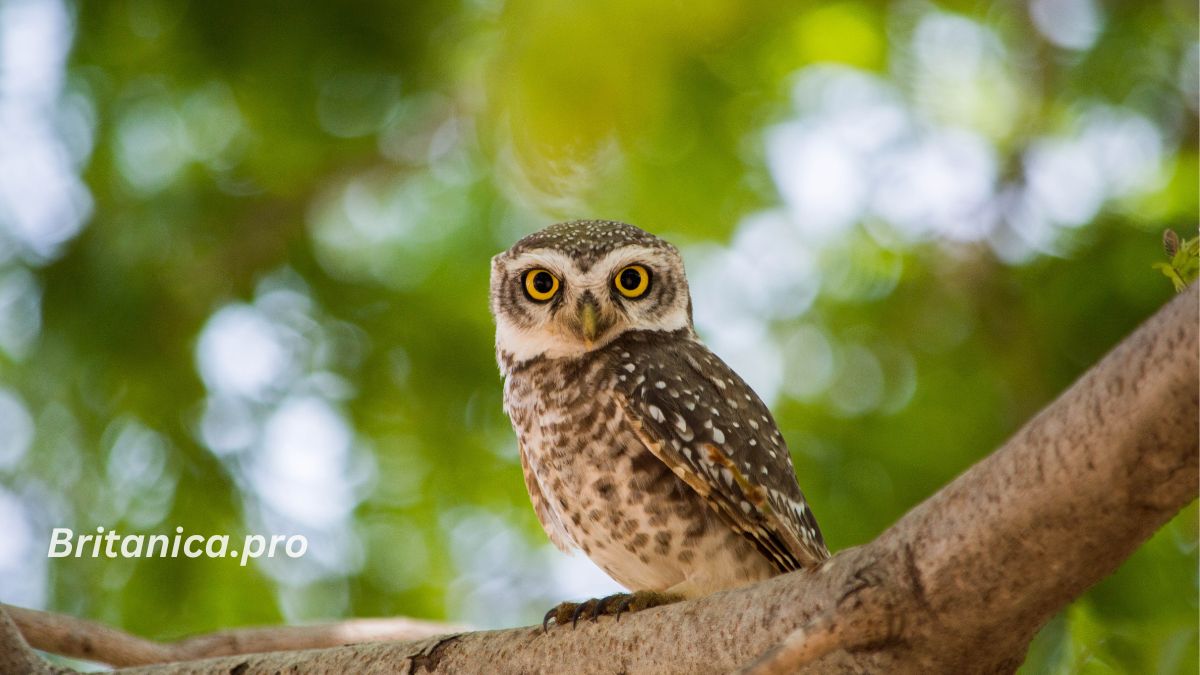
Step into the world of owls, where silent flight and sharp hunting skills meet unique adaptations. This article takes you on a journey to explore the mysterious lives of these nocturnal birds. You’ll learn about their nighttime habits, the variety of species, and where they live.
Get ready to be amazed as we dive into the details of owl behavior and their social lives. We’ll cover their courtship, nesting, and parenting. You’ll see how these birds of prey are vital to the ecosystem and why we need to protect them.
Then, we’ll explore their role in mythology and culture. Owls have always been highly respected. We’ll also look at the latest in owl rescue and rehabilitation efforts.
This article is perfect for anyone interested in birds or nature. It’s a journey into the fascinating world of owls, one of the most intriguing bird species out there.
Introduction to the Enigmatic Owl
Owls have always fascinated people all over the world. They are mysterious birds that fly silently and have a deep, piercing look. These birds are part of the avian species and are loved by many, including naturalists and birdwatchers.
Owls live in many places, from deep forests to open fields. They are skilled hunters who excel at night. Because of this, they have been studied and featured in stories and art for a long time. In many cultures, owls are seen as symbols of wisdom and mystery.
We will explore the world of owls in this section. We’ll look at their role in nature, their special traits, and why people find them so interesting. By learning more about these birds, we can see how they fit into the natural world and their importance in keeping nature balanced.
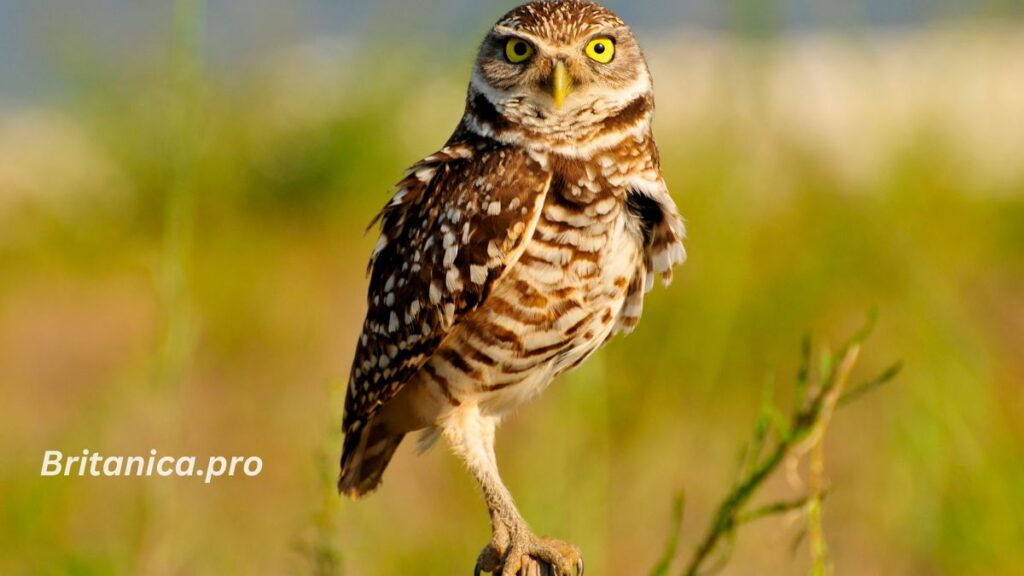
Unraveling the Nocturnal Mysteries of Owls
Owls are known for living in the dark of night. They have special traits that help them hunt at night. Their silent flight lets them sneak up on prey without being seen.
Owls have an amazing vision for the dark. They have big eyes and retinas made for seeing in low light. This lets them spot even the smallest prey with great accuracy. They also hear very well, finding their prey with amazing precision.
These traits work together to make owls great hunters in the dark. Their silent flight and sharp senses help them catch prey in tough conditions. Owls continue to fascinate us with their skills, showing us how amazing these birds are.
Owls – Nature’s Avian Predators
Owls are key predators in nature, playing a big role in the ecosystem. They have many special traits that make them great hunters. Their silent flight, strong talons, and sharp beaks help them catch a wide variety of prey.
Their amazing vision and hearing let them track prey in the dark. They can sneak up on small rodents, birds, or even big mammals. Once close, their talons and beaks make it easy to catch and eat the prey.
Owls sit at the top of their food chains. They keep ecosystems balanced by eating small mammals and pests. Their hunting skills highlight the beauty of nature and the balance of the world.
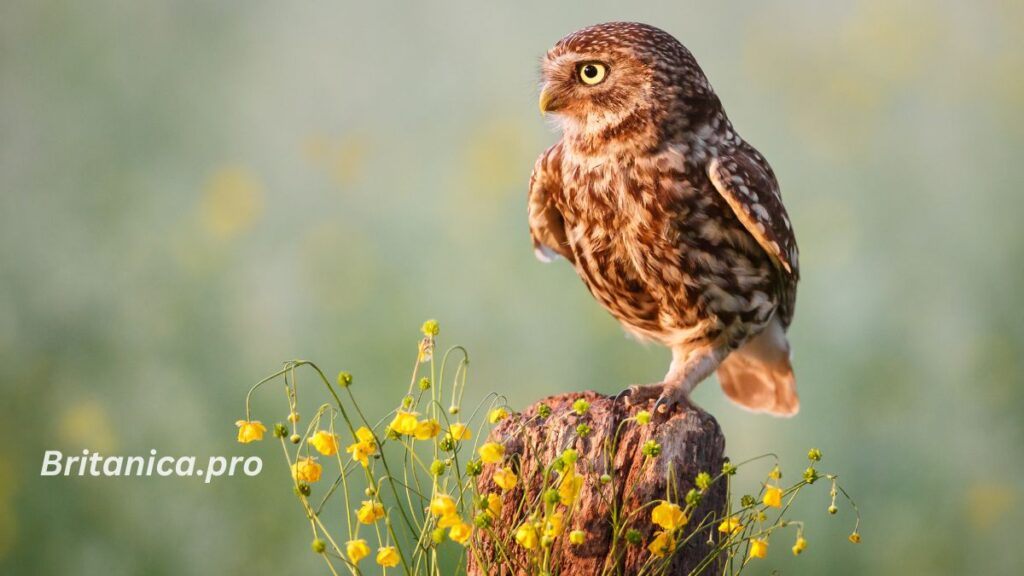
Diverse Species: A Kaleidoscope of Owls
The owl family is incredibly diverse, with over 200 species worldwide. The smallest is the saw-whet owl, only 8 inches tall. The largest is the great horned owl, with a 5-foot wingspan. Owls come in many shapes and sizes, each suited to its home.
Owls live on every continent except Antarctica. They inhabit both forests and grasslands. The snowy owl blends in with the Arctic snow. The burrowing owl lives in the dry American West, in old animal burrows.
Each owl has unique features that help it hunt and survive. The long-eared owl has ear tufts, while the barn owl has facial discs. Learning about owls shows us their amazing adaptations for different habitats.
Habitat and Distribution of Owls
Owls, the mysterious birds, live in many places around the world, except Antarctica. They are night hunters who have made their homes in different types of places. From deep forests and open fields to cities and wild areas, owls have adapted well.
Owls live on every continent, except Antarctica. In the Americas, you can find them in the Amazon rainforest, the Rocky Mountains, and the Southwest deserts. In Europe, they live in old forests and the countryside. In Africa, they are in savannas and deserts.
Owls can survive in many places. They live in tall forests and by the sea on rocky cliffs. Some even live in cities, making homes in old buildings and hunting in parks.
The wide spread of owls shows how well they have adapted and survived. By learning about owls, we see how they have made their mark in the world. They live in many places, adding to the variety of birds on Earth.
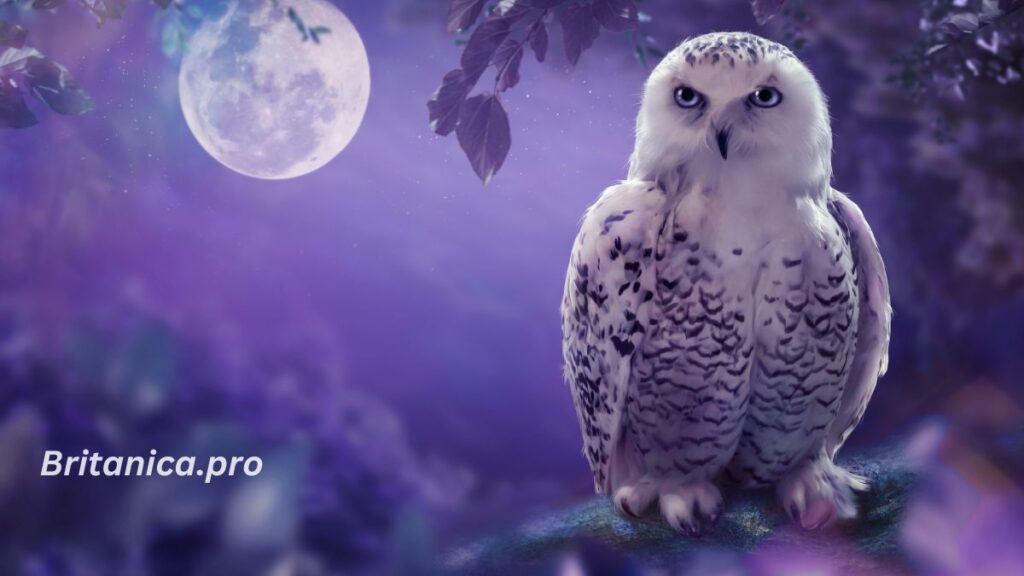
Owl Behavior: Courtship, Nesting, and Parenting
Owls are fascinating creatures with amazing behaviors. They have special ways of finding mates and taking care of their young. These behaviors show how social and reproductive they are.
Owls have unique courtship rituals. They fly together, make sounds, and use vocalizations to find a mate. Once they find a mate, they choose a secure spot to build their nest. They often use old nests or natural holes.
Both parents take turns incubating eggs and caring for their babies. This collaboration is essential to their success.
As the owlets grow, they learn important skills from their parents. They learn how to hunt and move through the night. The parents’ hard work helps their babies grow and leave the nest.
Exploring owl behavior helps us appreciate these night birds more. Their ways of finding a mate, nesting, and parenting show us the beauty of nature. It gives us a peek into the complex lives of owls.
The Importance of Owl Conservation
Owls are mysterious birds that play a key role in nature. But, they face many threats that put their survival at risk. Things like habitat loss, human-wildlife conflicts, and pollution are big challenges. We need to work hard to protect owls for the future.
Habitat destruction is a big problem for owls. As cities grow and forests shrink, owls lose their homes and hunting spots. We must protect and restore their habitats to help owls survive.
Human-wildlife conflicts also harm owls. People may see owls as threats or pests, leading to dangerous actions. Teaching people and finding ways for humans and owls to live together can help solve this issue.
Environmental pollutants are another big worry. These pollutants can hurt owls’ health and their ability to have babies. We need to keep researching and working on reducing harmful chemicals and promoting green practices to protect owls.
There are many groups and people around the world fighting to save owls and their homes. They do things like restore habitats and raise awareness. Supporting these efforts and loving owls more can help them continue to exist.
Owls in Mythology and Culture
Owls have always caught our attention, playing a big role in many cultures and myths. They are seen as both respected and feared. This demonstrates their significance to us around the world.
In ancient Greece, owls were linked to Athena, the goddess of wisdom and war strategy. People thought owls were messengers from the gods, offering guidance and wisdom. In Native American traditions, owls were seen as signs of change. Their sounds were deeply spiritual.
In Asia, owls are viewed differently. In Japan, they are believed to bring good luck and prosperity. But in some parts of India, they are linked to dark magic and bad luck. This shows how owls have been seen in many ways over time.
Owls have also inspired artists and writers. They appear in stories and art, from the wise Professor McGonagall in Harry Potter to ancient cave paintings. These birds continue to fascinate us, mixing the real with the mysterious.
Owl Rehabilitation and Rescue Efforts
When owls face challenges like injury, illness, or being orphaned, dedicated groups step in. They offer crucial care and support. This supports owls in their recovery and return to the wild.
Experts at wildlife centers use special techniques to help owls. They provide medical care and a safe place for recovery. Their work is key to helping owls get better and live again in the wild.
The rehab process can fix physical injuries and help owls get healthy. For orphaned owlets, centers make sure they get the right care. This readies them to live independently in the wild once more.
These efforts help not just individual owls but also protect their populations. By supporting these birds, we help keep ecosystems balanced. This ensures the future of these amazing birds.
Backyard Owl Watching: Tips and Tricks
Watching owls in their natural setting is thrilling and rewarding. It’s perfect for both birdwatchers and nature lovers. By making your backyard owl-friendly, you can see these fascinating birds up close.
To attract owls, set up nesting sites like owl boxes or leave natural spots alone. Also, use dim, warm lighting and play owl sounds to draw them in. This makes your backyard a cozy place for owls.
When watching owls, be safe and respectful. Don’t get too close or shine bright lights, as it scares them away. Instead, watch from a quiet spot with binoculars or a spotting scope. Owls are experts at hiding, so be patient and keep an eye out.
Follow these tips to make your backyard owl-friendly. Enjoy the excitement of watching owls at night and learn about these amazing birds.
Owl Photography: Capturing Their Majesty
Photographing owls is a special challenge. These birds have a unique beauty that draws in nature lovers and photographers. By learning how to take pictures of owls, you can capture their beauty in their natural settings.
To take great owl photos, you need to know a lot. You must understand the best camera settings and how to use light well. Being patient and quiet is also important because owls are hard to find at night. Using special techniques like panning and low-angle shots can make your photos stand out.
When you’re out taking pictures, the excitement is unmatched. Whether you’re in the tundra or near a burrowing owl, each photo you take brings you closer to understanding owls better. Dive into the world of owls and improve your photography skills as you capture their beauty.
The Hoot and the Holler: Owl Vocalizations
Owls are known for their unique sounds, from the famous hoot to the spooky screech. These night birds have many calls, each with its purpose in their complex way of communicating. Let’s dive into the world of owl sounds and learn how to tell different species apart by their voices.
The well-known hoot, often called a “who-cooks-for-you” call, is one of the most recognizable sounds. Owls use this deep, echoing sound to mark their territory, find a mate, and stay in touch with others. The way they hoot can show how they feel, from a soft call to a loud, harsh one.
Owls also make screeches, barks, and whistles, each for a different reason. Screeches are loud and high-pitched, often heard from young owls or during fights over territory. Barks are short, loud calls used when an owl is alarmed or upset. Whistles are softer and more musical, used in courtship or to find other owls.
Learning about owl sounds helps us understand their behavior, social life, and how they live at night. Exploring the sounds of owls lets us peek into their intriguing world.
Conclusion
In this deep dive into the world of owls, we’ve seen their many wonders and mysteries. These birds of prey amaze us with their silent flight and hunting skills. They come in many species and hold a special place in cultures around the world.
As we wrap up, we feel a deeper respect for owls’ important role in nature. The owl, known for wisdom and mystery, reminds us of nature’s balance. Nocturnal birds and predatory birds are key as avian species and birds of prey.
We’re now more committed to protecting these amazing owls. This will help them continue to inspire us, showing the beauty of nature to future generations.
FAQs
Q: What are the unique adaptations that allow owls to thrive as nocturnal predators?
A: Owls have special features that help them hunt at night. They can fly silently, see well in the dark, and hear sounds far away. Their soft feathers let them move quietly, and their big eyes and retinas help them see in the dark. They can hear their prey even when it’s silent.
Q: What is the role of owls as apex predators in their ecosystems?
A: Owls are at the top of their food chains. They use their strong claws and sharp beaks to catch a variety of prey. This helps keep their habitats balanced and healthy.
Q: How diverse is the owl family, and what are some of the unique characteristics of different owl species?
A: There are over 200 owl species worldwide. Each one has its look, home, and way of living. From the tiny saw-whet owl to the big great horned owl, they all have special traits for their environments.
Q: Where can owls be found, and how have they adapted to different habitats?
A: Owls live on every continent except Antarctica. They inhabit a wide range of environments, from forests to cities. They can adapt to different places because they can find food and shelter there.
Q: How do owls engage in courtship, nesting, and parenting behaviors?
A: Owls have interesting ways of finding mates, building nests, and taking care of their young. They perform distinctive dances and produce unique sounds to attract potential mates. In Japan, they are considered symbols of good luck and prosperity. They pick safe places for nests and take good care of their babies until they can fly.
Q: What are the primary threats to owl populations, and how are conservation efforts addressing these challenges?
A: Many owls face threats like losing their homes, running into humans, and pollution. Conservation groups are working to protect their homes, reduce human-owl conflicts, and fight pollution. They want to make sure owls can keep living in the wild.
Q: How have owls been represented in mythology and cultural traditions around the world?
A: Owls have been important in many cultures and stories. They are seen as wise, or sometimes as scary. Owls have been part of stories and traditions for a long time.
Q: What is the role of wildlife rehabilitation and rescue efforts in supporting owl populations?
A: When owls get hurt, sick, or lose their parents, rescue groups help them. These groups give them care and try to teach them to live in the wild again. This helps keep owl numbers stable.
Q: What are some tips and tricks for successful backyard owl watching?
A: To see owls in your yard, make it a good place for them. Offer them a safe spot to live and use lights that help them see. Watch them safely and enjoy learning about these birds.
Q: What are some key considerations for capturing stunning owl photography?
A: Taking pictures of owls is exciting but tricky. You need the right camera settings to know how owls act. By using the right shutter speed and being careful, you can take beautiful photos of owls.
Q: How can we identify different owl species by their vocalizations?
A: Owls make sounds that help us tell them apart. Each type of owl has its call. Learning these sounds can help you enjoy owls even when you can’t see them.

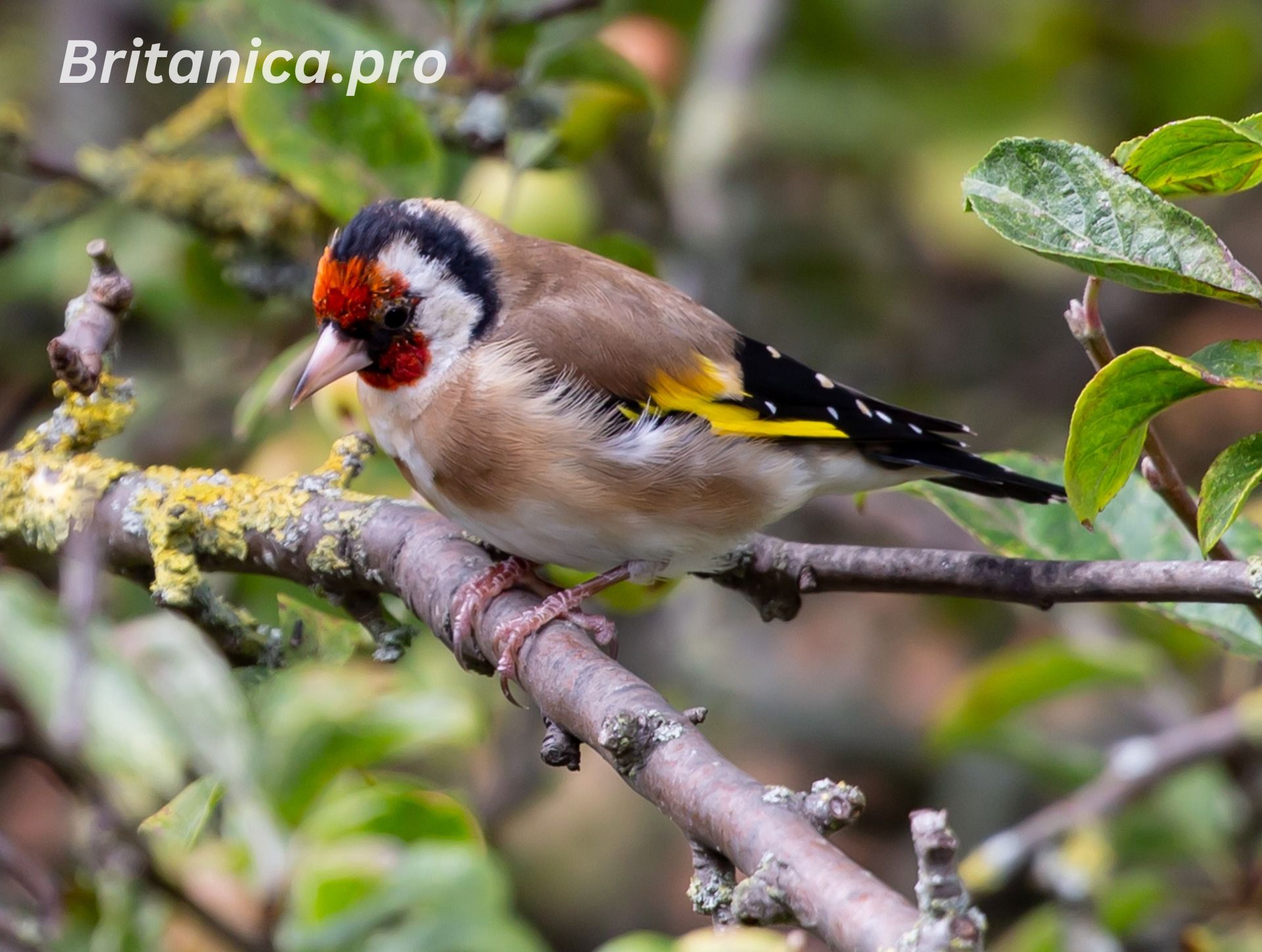
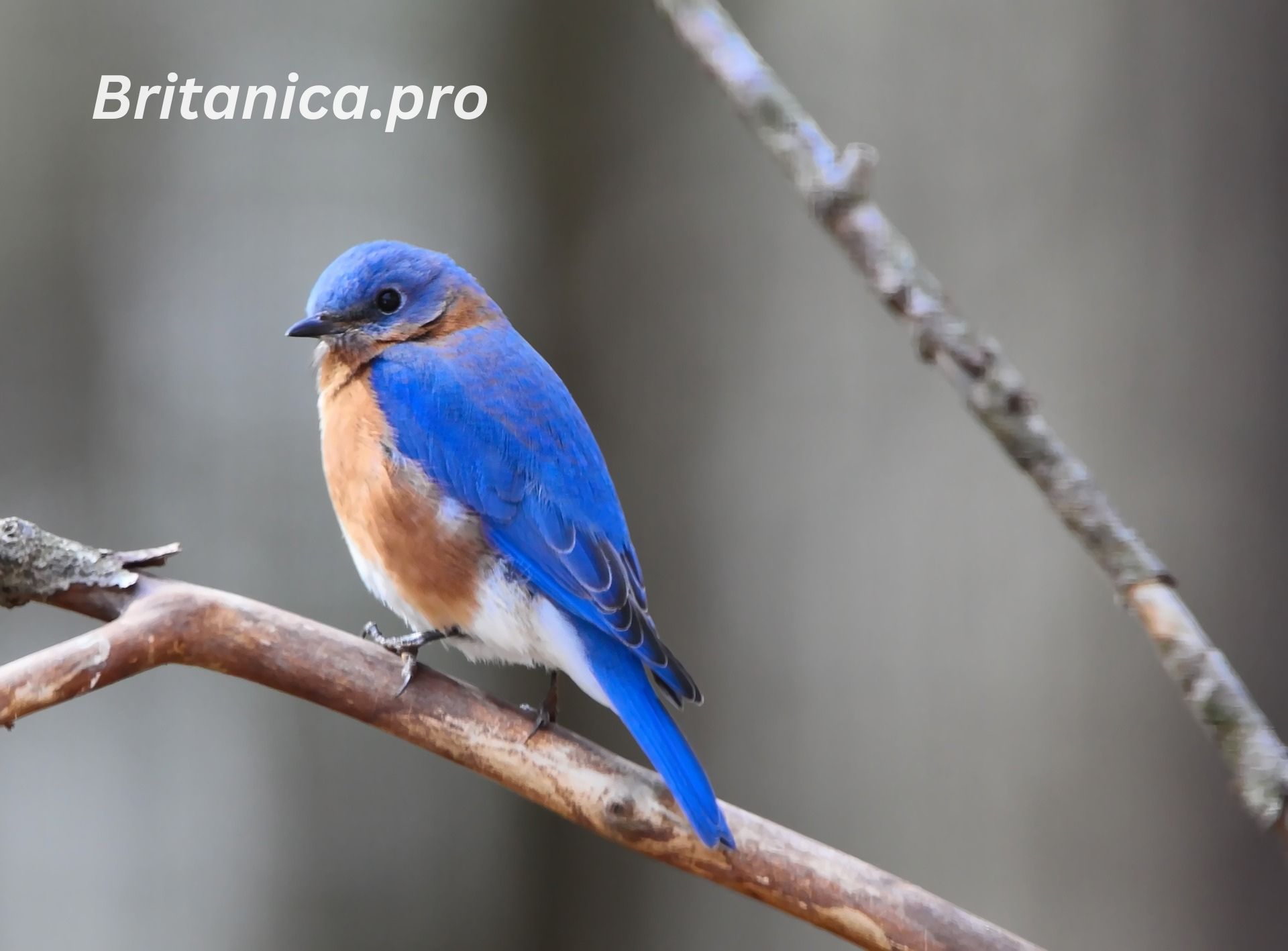
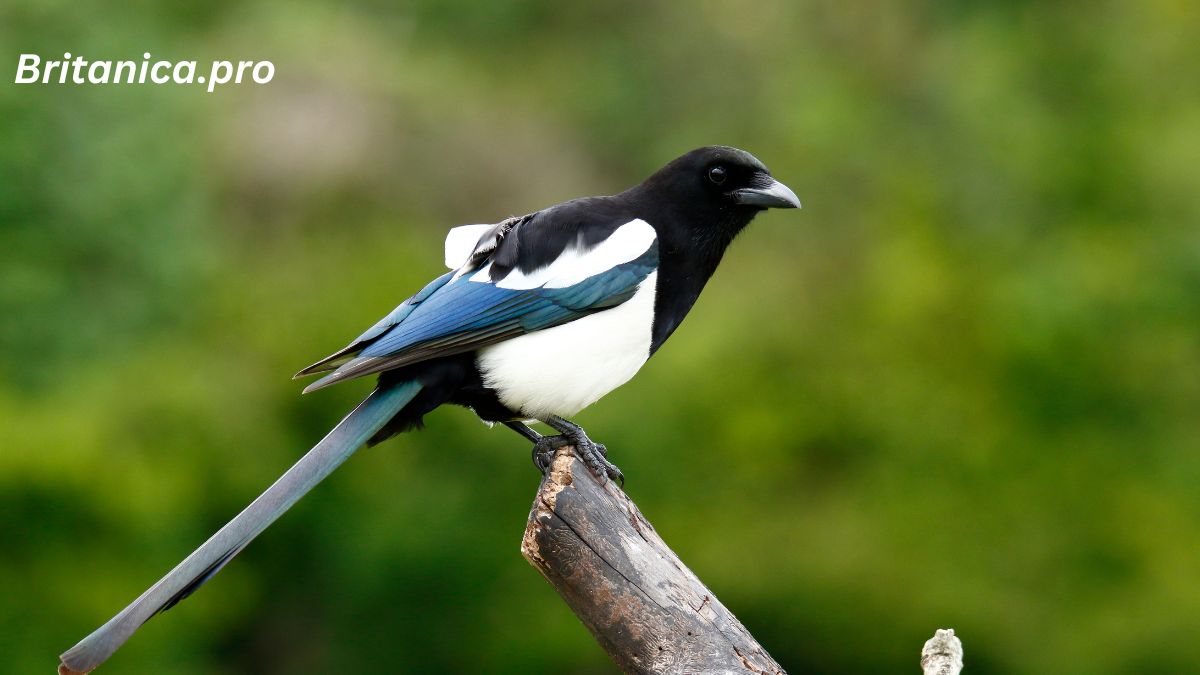
Leave a Reply